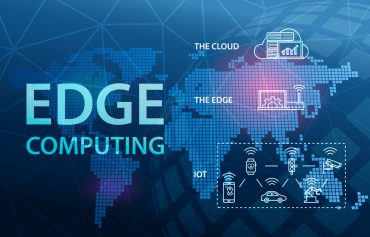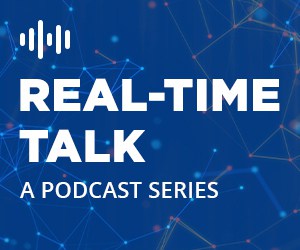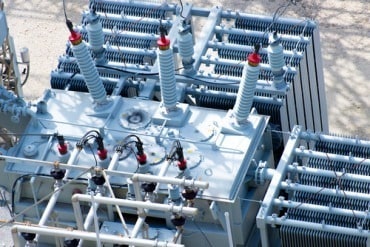
Increased speed and reduced latency are the top reasons that make the combination of 5G and edge computing a big hit today.
So far, fewer than one in five enterprises have fully embraced edge computing – but the future of computing clearly is moving toward the edge, connected with 5G technology.
That’s the word from GoodFirms, which reports that 17% of 390 enterprises surveyed have made significant moves toward edge computing. There is clear movement in this direction — edge computing is transforming existing computing architectures and network traffic involving collaboration artificial intelligence, communication technologies, deep learning, big data, and 5G. “Edge computing, with its decentralized computing framework, brings computing closer to end users/devices so that businesses requiring real-time data do not suffer latency issues,” the study’s authors report.
Top factors for adopting edge and 5G include switching to a different computing regime for fast responses (72%), cost-effectiveness (69%), data privacy (49%), and reliability (32%).
Cloud computing – a highly leveraged approach – has issues with latency, especially as data grows. A total of 44% of participants believe that cloud computing is impractical with high data volumes. With the exponential increase in the use of IoT devices, data volumes are increasing further, making cloud computing impractical. Edge computing is more reliable in such situations to handle huge chunks of data.
See also: Next-Generation Tools Propel 5G and Edge Development
The key challenges that organizations can encounter even after adopting edge computing include data management complexities (74%), network security risks (62%0, and scaling complexities (58%). Other challenges include maintenance issues, speed bottlenecks, limitations on bandwidths, high volume data accumulation at the edge centers, connectivity issues, utilizing edge computing investment, life cycle management issues, and identifying all use cases for organizations.
The high volume of data accumulation at the edge also poses challenges. About one-third of respondents, 31%, expressed concerns about the management of the high volume of data accumulation at edge centers. While the edge infrastructure can help reduce data volumes at the cloud, there are chances that data gets accumulated at the Edge nodes due to limitations of hardware and software.
The survey’s authors conclude that edge computing brings new opportunities for data analytics, machine learning, and security concerns, leading to more efficient and effective operations. In addition, they predict that edge computing costs will be decreased in the future, and “5G technology will heavily rely on it to enhance the speed and reduce the latency required in real-time data processing.”
Edge computing “is still in the early stages,” the researchers conclude. “Only a small number of organizations have adopted this technology. However, Edge computing is expected to have a broad scope in various sectors in the upcoming times. Seventy-two percent of respondents predicted that edge computing costs would come down in the future.
“Edge computing is a cost-effective computing system,” the report states. “Adopting edge computing will surely cost a considerable amount to install the infrastructure. However, in the long run, the costs will be compensated.”
A majority of executives, 55%, expect 5G technology will heavily rely on edge computing, the report finds. For 5G-powered applications requiring real-time processing, “data processing will have to be with a negligible latency edge,” they state. “With the growth in 5G, edge computing is predicted to grow even faster. Increased speed and reduced latency are the top reasons that make this combination of 5G and Edge computing a big hit.”







